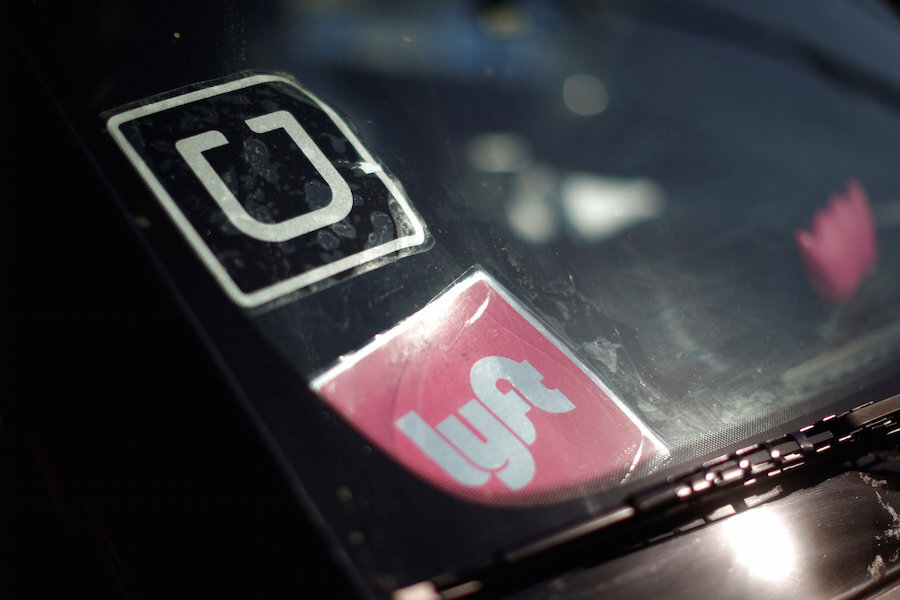RideAustin: Can a nonprofit do what Uber and Lyft could not?
Uber and Lyft are out. Nonprofits are in.
That may be the new reality for the transportation industry in Austin, Texas. Uber and Lyft, twin ride-hailing giants, quit the city after losing at the ballots over increased regulations for drivers, including fingerprinting. Their exodus has left a sizeable gap in the ride-hailing market, and a new nonprofit is trying to fill it.
On Monday, RideAustin launched its ride-hailing app at an event in the iconic Alamo Drafthouse. The service is taking a nonprofit, community-oriented approach to the industry, seeking to offer drivers better pay and help charities at the same time.
But as Austin becomes center stage for a multitude of small ride-hailing providers, can a nonprofit compete?
"People feel like [Uber and Lyft] lost an election they dumped $10 million into, and took their ball and went home, leaving everybody high and dry," Ride Austin community engagement director Joe Deshotel said in an interview with BuzzFeed News. "We're building something community-based. I think people are going to support that."
Uber and Lyft made their Austin exit on May 9, two days after a proposition to grant the company's additional leniency to self-regulate was rejected by city voters. Since then, the ride-hailing landscape has had slim pickings. GetMe, a smaller ride-hailing service, has been the only one with cars on the ground, according to Buzzfeed. But summer is coming, along with more providers.
Fasten, a service currently operating in Boston, is speeding up its launch date for Austin service. San Francisco-based Wingz, which has been focused on airport runs, has launched WingzAround in Austin, a new beta service that allows customers to pre-book rides to destinations throughout the city. Lastly, Warp Ridesharing, still in its planning stage, is gaining funding on Kickstarter as an additional local alternative for Austinites (although still far behind what it needs).
Despite the competition, some industry experts say RideAustin's nonprofit status will give the company an edge.
"It's easier to fund, because contributions are tax-deductible and investors aren't focused on a financial return, so the risks are different," Capital Factory CEO Joshua Baer wrote in a blog post about RideAustin. "As a nonprofit and community-focused solution it has extra press and goodwill needed to achieve critical mass quickly."
For a nonprofit, sustaining large profit-margins won't be the prime concern. And the profit should be reinvested into the operation, rather than having an option to distribute to shareholders like a for-profit.
RideAustin CEO Joe Liemandt has said the new company wants to leverage this advantage to pay drivers more, while maintaining the low prices that customers have come to expect, according to Digital Trends, but details are still scarce. KUT reports that drivers will receive 80 percent of the fare, similar to Uber and Lyft, but RideAustin would charge $1.50 per mile, plus $.25 per minute: more than Uber, but less than a taxi.
The biggest difference will likely be RideAustin's scope and goals. The nonprofit is designed specifically for Austin, so it won't be aiming on expanding, and will abide by regulation requirements.
The app is coming equipped with ways to easily donate to a rider's choice of local charities, including a feature that allows customers to round up the fare to the nearest dollar and donate the difference.
Many questions remain unanswered. One of the biggest, however, is for Uber and Lyft: if their ultimate negotiation tactic is leaving, what happens if RideAustin or another ride-hailing provider succeeds in filling the void?
[Editor's note: This story originally failed to note that WingzAround is a beta service.]






